Autonomous driving, defined by Volvo Cars
Already here - today's semi-autonomous tech
Our latest models already use semi-autonomous technology to make your life easier - they monitor the road ahead, alert you to danger and, when necessary, help out with steering and braking. It makes for a safer, more relaxing drive.Lending you a helping hand
Parking made easy
The latest generation of Volvos take the stress out of parking. Park Assist Pilot lets you know if there's a suitable space and can reverse into a parking bay or parallel park in a gap just 1.2 times the size of the car. The steering is done for you - all you need to do is control the gear selector, brake and accelerator.A safer experience
Contact Us Today
* Indicates a required field
Hours
- Monday 9:00am - 8:00pm
- Tuesday 9:00am - 8:00pm
- Wednesday 9:00am - 8:00pm
- Thursday 9:00am - 8:00pm
- Friday 9:00am - 8:00pm
- Saturday 9:00am - 7:00pm
- Sunday 11:00am - 6:00pm
Contact
Culver City Volvo Cars
11201 Washington Blvd
Culver City, CA 90230
- Sales: 424-567-6551
- Service: 424-206-6648
- Parts: 424-447-6482
Autonomous driving explained
Today, we are close to creating truly autonomous cars that will revolutionize the way you travel and change society for the better. Here's our guide to what autonomous driving means and how it came about.
How our self-driving cars work
The technology behind our self-driving cars, IntelliSafe Autopilot, will bring about a new era of road travel, with safer, less congested roads and an effortless and more convenient commute for you. Your Volvo will know exactly where it is and what's ahead, allowing you to hand over control of the driving.Superior vision
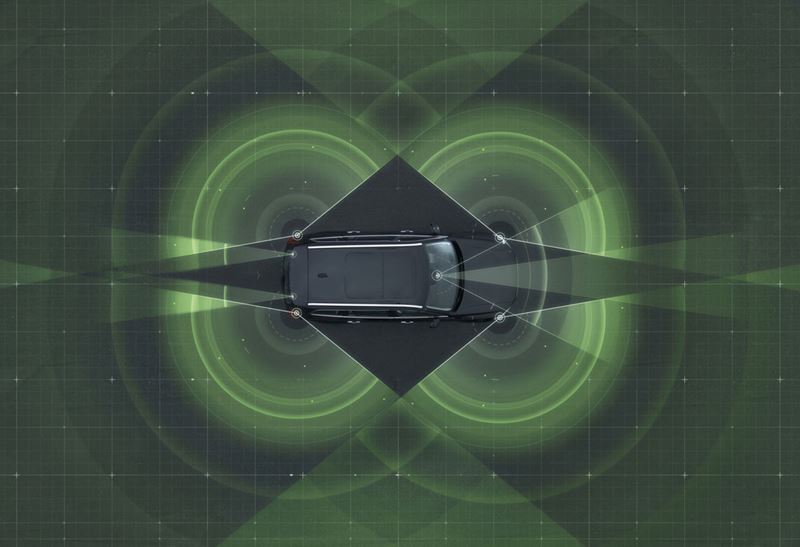
Radar that reads the road
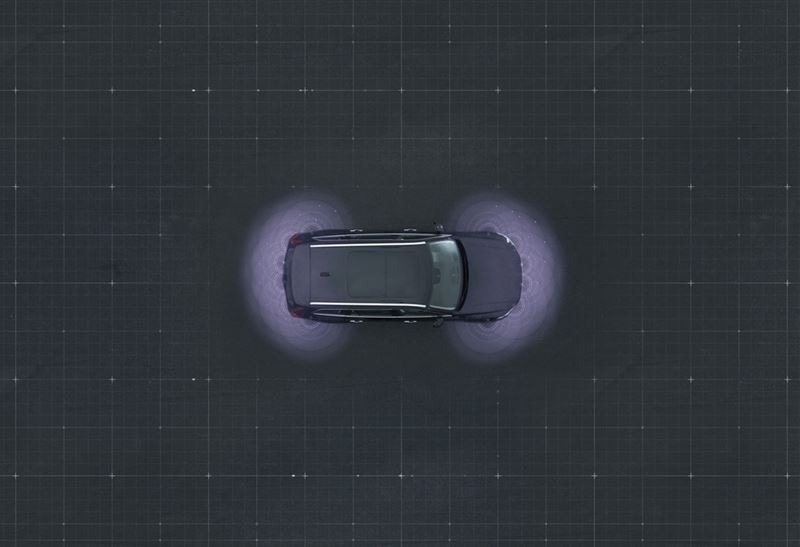
Sensors that keep you safe
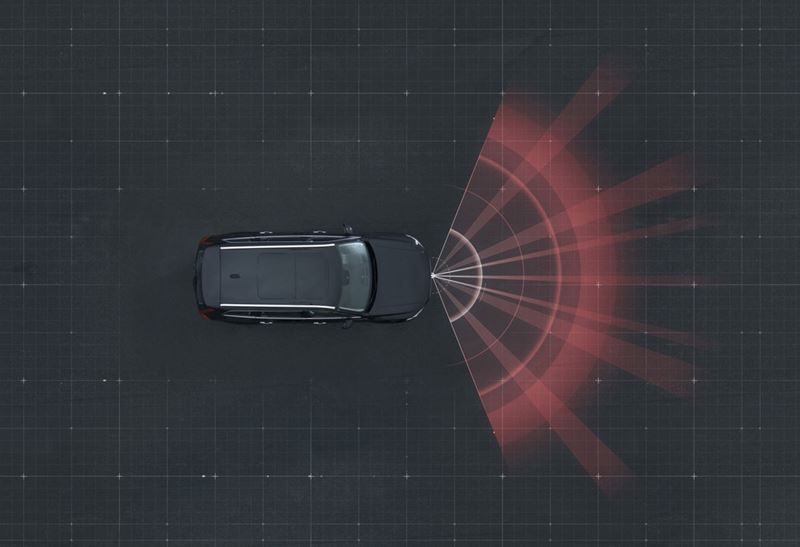
Laser-guided precision
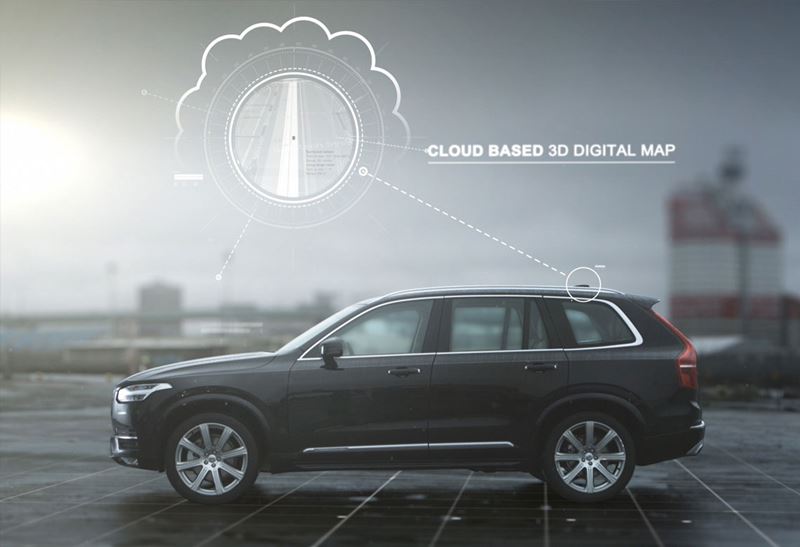
Your route mapped out

Always one step ahead
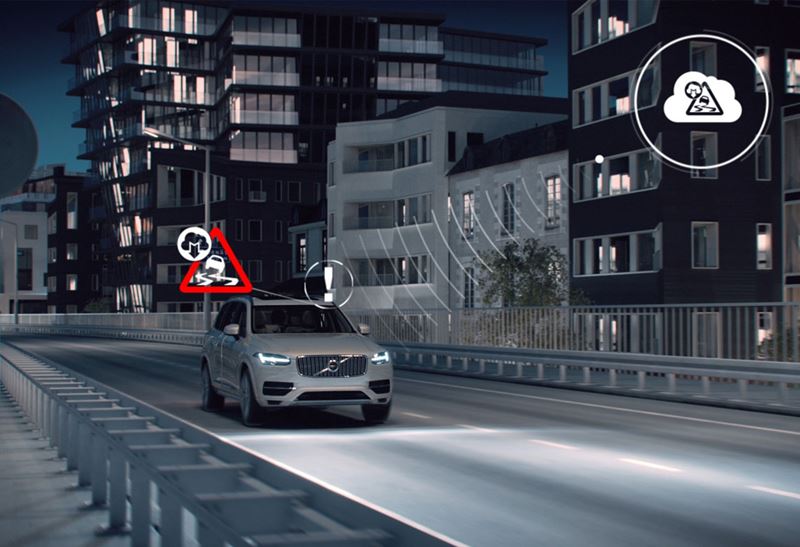
Your car and the cloud, connected
Six ways that autonomous driving will improve your life

Reclaim your time
In a self-driving Volvo car you will be able to spend the time on your commute as you want. You will be free to read a book, work, watch a movie or even learn a new skill. With the average commute taking about 50 minutes, this will have a huge impact on our lives.

Save Fuel
In autonomous mode a self-driving car is likely to use less fuel. It will know where it is and what's ahead, and be able to optimise the behaviour of the brakes, powertrain and transmission to make progress as smooth and efficient as possible.

Safer journeys
Fully autonomous cars will be even better at avoiding potential collisions than today's Volvos. Almost all road accidents are caused by human error, so journeys will be safer for everyone.

Sit back and relax
In an autonomous car you'll be able to truly relax. Your car will be able to drive the most boring parts of your commute for you and long journeys will be effortless, so you will always arrive fresh at your destination.

Always find a parking space
In the future, you'll be able to let your car park itself, while you get on with other things. Autonomous cars will be able to find and park in a space, and even drop you off where you want to go first.

Lower insurance premiums
Insurance premiums for self-driving cars could be much lower in the future. Autonomous technology won't get tired or distracted, greatly reducing the chance of a costly collision.
In The News:
Uber launches self-driving pilot in San Francisco with Volvo Cars
Published December 14, 2016
Uber, the ride-sharing technology company, is expanding its self-driving pilot to San Francisco, California, using specially-converted self-driving Volvo XC90 premium SUV's.
The move marks the next phase in a deepening alliance between Volvo and Uber after the two companies signed an agreement in August 2016 to establish a jointly-owned project to build base vehicles that can be used to develop fully autonomous driverless cars. These cars were initially tested in Pittsburgh, Pennsylvania.
The latest cars to be used in San Francisco have been built by Volvo and sold to Uber, after which Uber's own self-driving hardware and software package has been added, most visibly in the roof-mounted control apparatus.
These cars will drive around the streets of San Francisco autonomously, but as part of the pilot program they will at all times have an Uber technician on board to supervise the car's operation.
"The promise of self-driving ride sharing is becoming a reality," said Mårten Levenstam, vice president product planning at Volvo Cars. "Volvo is proud to be at the forefront of the latest developments in the automotive world alongside our partners at Uber."
The alliance with Uber forms one part of Volvo's three part plan to develop autonomous driving (AD) technologies.

In January 2017 it will begin a project entitled Drive Me, which will be the world's largest autonomous driving test in which up to 100 AD cars will be given to members of the public to be driven on real roads around Gothenburg, Sweden. Their experiences will be used to co-develop Volvo's AD cars.
The second part is a joint venture with Autoliv, the leading automotive safety technology company, to set up a new jointly-owned company to design and manufacturer separately-branded AD and driver assistance software technology packages for sale to third party OEMs.
The new company will have its headquarters in Gothenburg, Sweden, and an initial workforce taken from both companies of around 200, increasing to over 600 in the medium term. The company is expected to start operations in the beginning of 2017.
The third part is the ongoing relationship with Uber to build and co-develop base vehicles for AD cars. This deal reduces Volvo's developments costs, gives it a chance to develop cutting edge technology and could ultimately boost sales significantly.
The base vehicles are manufactured by Volvo and then purchased from Volvo by Uber. Volvo Cars and Uber are contributing a combined $300m USD to the project. Both Uber and Volvo will use the same base vehicle for the next stage of their own autonomous car strategies.
The cars to be used in San Francisco are developed on Volvo Cars' fully modular Scalable Product Architecture (SPA). SPA is one of the most advanced car architectures in the world and is currently used on Volvo Cars' top-of-the-line multiple award winning XC90 SUV, as well as the S90 premium sedan and V90 premium estate.
SPA has been developed as part of Volvo Cars' $11bn USD global industrial transformation programme, which started in 2010, and has been prepared from the outset for the latest autonomous drive technologies as well as next generation electrification and connectivity developments. It is these capabilities that attracted Uber to Volvo.
Concept 26 - the luxury of time
Published 12:00 AM, November 18 2015
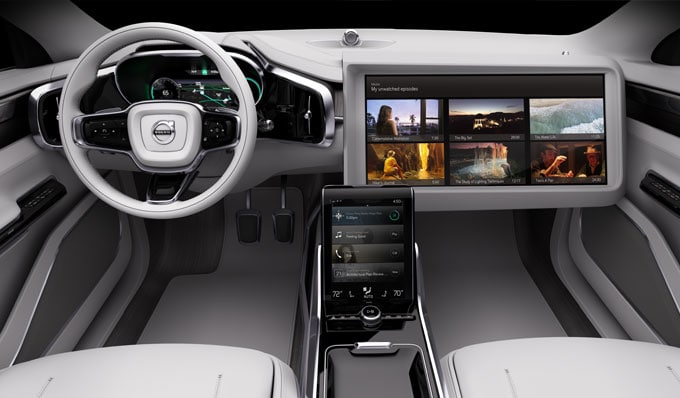
The Volvo Concept 26 is our vision of how autonomous technology could re-shape the car interior and transform the commute into an enjoyable luxury experience.
Unveiled at the 2015 Los Angeles Auto Show, Concept 26 is named after the length of time that drivers spend, on average, on their daily commute. Research by Volvo Cars suggests that, for many people, the journey to and from work and - long-haul motorway trips - are the times when they would be most willing to delegate driving to an autonomous car.
Concept 26 was developed to show how the cabin of a self-driving Volvo could allow this time to be spent in a meaningful way. It also demonstrates how autonomous technology will create a new type of luxury experience.
Robin Page, vice president of interior design at Volvo Cars, said: "It's all about people. Our research clearly shows that some people will want to use their commuting time creatively when they have full autonomous drive available, while others will want to just sit back and relax, watch online media or listen to music. Autonomous drive will make all of this possible. This is what Concept 26 has captured by reimagining the entire car experience."
Based on the same Scalable Product Architecture (SPA) platform that underpins the new XC90, the C26 has a radical interior that combines beautiful Scandinavian design with cutting-edge technology.

At the heart of it is a patented seat design that actively cradles the driver for maximum comfort, whether they are driving or doing other things. When the driver chooses to delegate driving to the car, the steering wheel can be retracted and the seat reclined to make the most of the available space. A foldable tray table provides extra work or leisure space, while a 25-inch media screen flips up from the passenger side of the dashboard to provide entertainment and information.
Concept 26 offers three modes to optimize the interior according to the driver's needs: Drive, Create and Relax.
Drive mode minimises distraction when the car is driven manually, providing a pure driving experience. Create mode allows the seat, table and display screens to be configured in different ways to support work or recreational activities. In Relax mode the seat adopts a supportive, reclined position, allowing the driver to sit back and enjoy the ride.
Concept 26 highlights the huge potential that autonomous technology
has to improve people's lives, as well as Volvo Cars' status as a
pioneer in this area. Dr Peter Mertens, Senior Vice President Research
and Development at Volvo Car Group, said: "We have gone to great lengths
to understand the challenges and opportunities that autonomous cars
will bring to people in coming years, and our flexible approach to
engineering and design, enabled by our new Scalable Product
Architecture, means that we can readily bring this from concept to
reality."
What are autonomous cars?
Semi-autonomous and autonomous technology defined
Autonomous driving has the power to change the world as we know it forever. This change will take place step by step, however, to ensure that the technology fits around how and where people use it.Today, Volvo Cars uses some of this technology to create semi-autonomous cars that make your journey easier and safer, while leaving you fully in control. The all-new XC90's Pilot Assist function, for example, can accelerate, brake and steer for you, keeping you a set distance from the car in front and in lane, at speeds up to 50 km/h.
City Safety - standard on all our models - detects other vehicles, cyclists, pedestrians and, in some cases, even large animals on the road ahead. It warns the driver of hazards and will brake the car if necessary to avoid or mitigate a collision.
The fully autonomous car goes further. It is able to perform all driving functions without supervision of the driver.
In between these two is the highly autonomous car. At Volvo Cars we consider this the best solution for a luxury car, and this is what we are working towards. This technology will give you the option of handing over control - and responsibility - to the car on specific roads. You will be able to use your time as you choose, taking back control to enjoy driving whenever you like.
|
SEMI-AUTONOMOUS DRIVING |
AUTONOMOUS DRIVING |
|
|
How it works |
The car can drive itself (accelerate, brake & steer) to a limited extent, i.e., supports the driver with keeping the distance to the vehicle in front and keeping the car in the lane in speeds up to 30 mph (XC90). However the driver remains responsible for monitoring, supervision, and over all operation of the vehicle and is expected to actively participate in the driving. |
The car drives itself (accelerates, brakes & steers), and the driver is not responsible for monitoring, supervision, and over all operation of the vehicle. |
|
Responsibility |
The driver is always legally responsible for driving the vehicle ("driver in the loop", "hands on the wheel, eyes on the road, mind on driving"). |
The driver will not be responsible for driving the vehicle when in autonomous mode ("driver out of the loop"). |
|
The benefits to you |
The customer benefits a reconvenience, peace of mind and feeling of control. |
The customer benefit will be the freedom to engage in other activities (relax, create, entertainment, etc) in autonomous mode. |
|
Legal status |
This is currently legal, since it does not change the basic assumption of (licensed) driver always being responsible. |
There is currently no legal framework (except for testing, in certain jurisdictions). |
|
Roll-out |
These features have launched and will continue to launch in increments (certain speeds, certain scenarios, etc). |
This may launch in increments (certain speeds, scenarios, conditions, applications, markets). |
Autonomous technology - the Volvo Cars strategy
 |
Autonomous for the people
Coming to you soon
The return of freedom
By developing cars that allow you to take back control of your time we will create the desirable new cars of the future. We started building cars to give people the freedom to travel. Our autonomous technology will give them back the freedom of time.
A safer future
Volvo Cars' leadership in safety is the result of continuous innovation, borne from our commitment to making the roads safer for everyone. Autonomous technology is the next big step forwards. It will reinforce our position and help us realize our long-term vision to design cars that will not crash.A team effort
If all cars were autonomous
Self-driving cars have the potential to transform the world we live in. If all cars were autonomous, society, the economy and the environment would all benefit. Here is how…
Society
|
| ||||
|
|
Economy
|
| ||||
|
|
Environment
|
| ||||
|
|
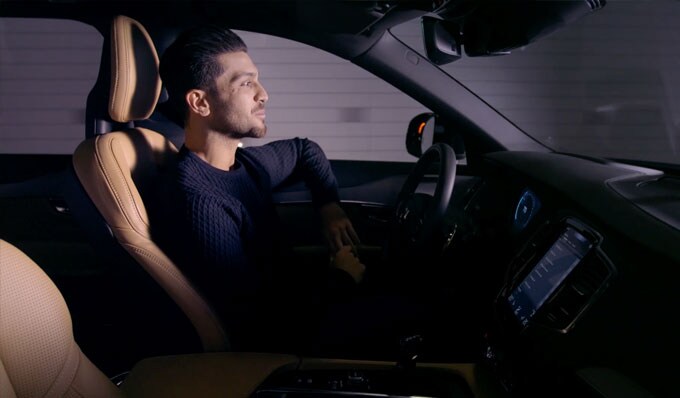
Seeing more with Autopilot
Published 12:00 AM, November 13 2015
People will be able to truly relax in Volvo Cars' autonomous vehicles, the company says, because the technology they use is capable of dealing with anything that they encounter. At a seminar held by the Swedish Vehicular Engineering Association, Volvo Cars compared Intellisafe Autopilot with one of the most sophisticated, intelligent creations in history: the human being.Although people are capable of processing huge amounts of data and imagery on the move, and making complex decisions based on it, IntelliSafe Autopilot can do the same, without fear of distractions or tiredness, Volvo Cars said.
Dr Trent Victor, Senior Technical Leader Crash Avoidance at Volvo Cars Safety Centre, said: "When handing over responsibility to Autopilot drivers can feel totally at ease. Our self-driving technology is there to look after you and make life easier. You can trust the car because it has such enormous capacity to see and sense what is happening and what is about to happen. Like all of our innovations, IntelliSafe Autopilot isn't technology for its own sake, it's there to enhance people's lives."
Man vs machine driving technology
|
HUMAN |
MACHINE |
|
|
VISION |
Stereo vision system for: Front object detection Left, right or rear object detection Traffic sign recognition (manual) |
360-degree vision through: Six radar transmitters 12 ultrasonic sensors Multiple-beam laser scanner Four external cameras Traffic sign recognition (automatic) |
|
NAVIGATION |
Sense of direction (variable) Map-reading ability |
Global Navigation Satellite System Detailed mapping In-built knowledge of current traffic regulations |
|
OTHER FEATURES |
Volume knob finder Dial finger positioning |
Wheel speed sensors Accelerometers Rotation sensor (gyroscope) |
|
BACK-UP SYSTEMS |
None |
Multiple |
|
PROCESSING |
One extremely powerful, easily distracted generic processing unit |
Multiple bespoke processing units |
Erik Coelingh - Senior Technical Leader for Safety and Driver Support Technologies, explains Volvo Cars' unique approach to autonomous driving
"We put the person at the centre, not the technology. It's about making sure the person is relaxed and enjoys the journey"













 AdChoices
AdChoices